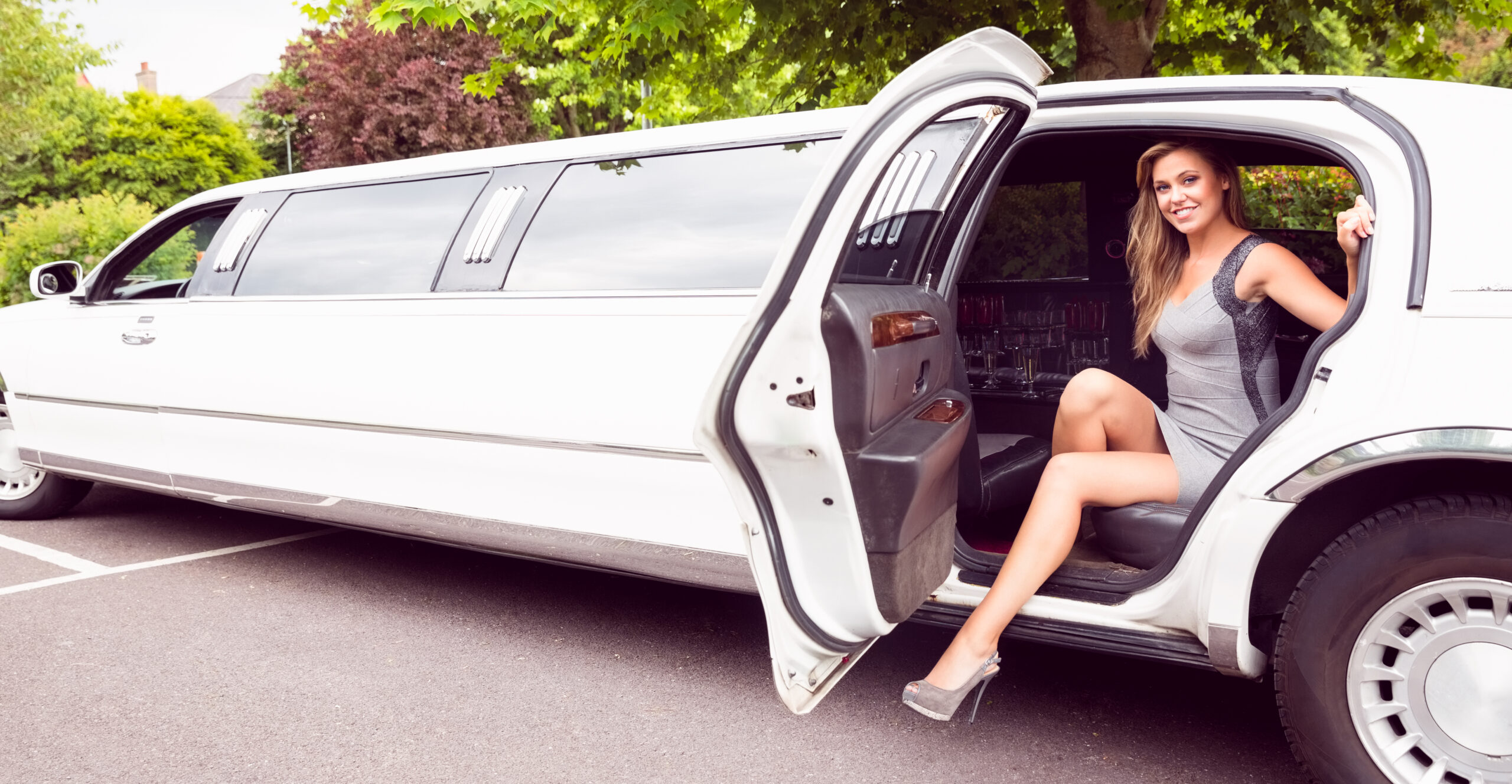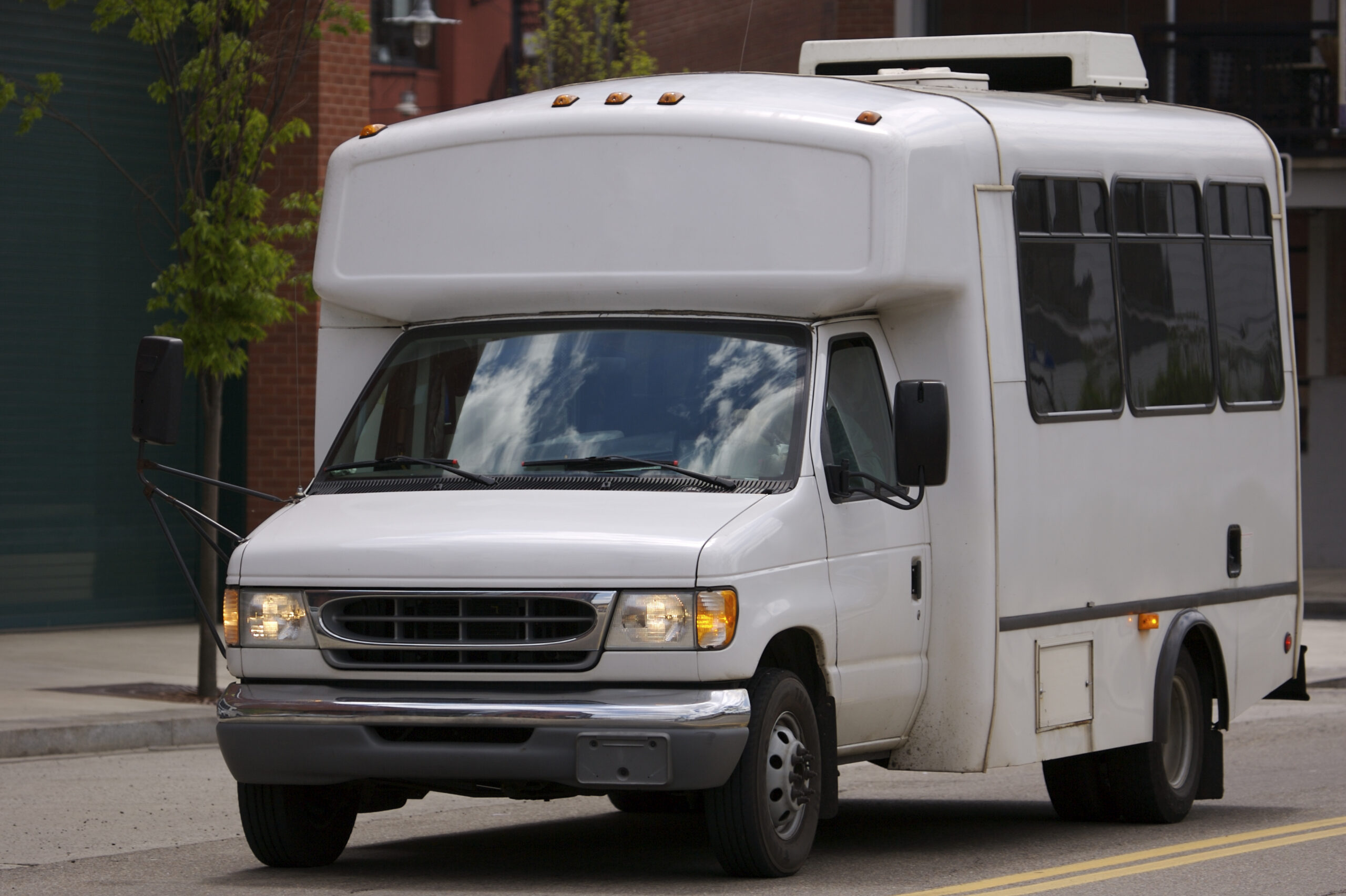Funeral processions hold a special place in honoring the deceased. One vehicle stands out—the hearse. Let’s explore the hearse’s role and features and how it differs from other funeral cars.
More Than Just a Car: The Significance of the Hearse
Hearses are specially crafted vehicles for a solemn purpose: transporting the deceased with dignity and respect. Their elongated form and spacious rear compartment are designed to securely hold a casket. The traditional black color reflects the gravity of loss and adds to the somber atmosphere.
But the hearse’s significance goes beyond function. It embodies a final tribute, a symbol of respect for the life lived. Its design is both practical and respectful, ensuring a dignified journey to the final resting place. The hearse leads the procession, setting the pace and marking the transition for the deceased. Its presence elevates the entire ceremony, prompting onlookers to pause and acknowledge the loss.
Features Designed for a Respectful Journey
Hearses are equipped with specialized features to ensure a smooth and dignified transport:
- Reinforced Chassis and Suspension: Provides a stable ride, minimizing movement that could disturb the casket.
- Climate Control: Maintains a comfortable temperature within the cargo area, regardless of the weather.
- Luxurious Interior Linings: Creates a respectful environment for the deceased.
- Adjustable Fittings: Securely accommodates caskets of various sizes.
- Strategic Lighting: Highlights the hearse’s purpose and ensures visibility during the procession.
Many hearses offer customization options, allowing families to personalize the vehicle. This could include specific colors, unique drapery, or exterior ornamentation to reflect the deceased’s preferences.
Hearses vs. Other Funeral Cars: Understanding the Roles
The key difference between hearses and other funeral cars lies in their function:
- Hearses: Solely dedicated to transporting the deceased with dignity and respect.
- Limousines: Transport grieving family and friends, offering them privacy and comfort during the ceremony.
- Flower Cars: Designed to carry and display floral arrangements, adding beauty and expressing condolences.
- Service Cars: These are used by funeral home staff to transport equipment and sometimes additional mourners.
While each vehicle contributes to the procession, the hearse holds a unique position due to its specialized design and symbolic significance.
Cultural Significance of Hearses Around the World
Hearses play a poignant role in mourning rituals worldwide, reflecting the diverse customs of different societies. In some cultures, hearses are elaborately decorated, becoming central pieces of grand processions. For example, parts of Latin America might use brightly colored hearses with intricate designs, reflecting a view of death as both solemn and celebratory.
In contrast, Western cultures typically favor a more understated elegance, emphasizing respect through simplicity. Places like Japan may blend tradition with technology, resulting in hearses that incorporate modern aesthetics while respecting ancestral customs.
These variations highlight the hearse’s adaptability but also underscore the universal desire to honor the deceased with respect and care. Regardless of cultural differences, the core purpose remains the same: to provide a dignified final journey, signifying the universal respect for life and the importance of a respectful farewell.





 Customize Your Dream Van!
Customize Your Dream Van!

